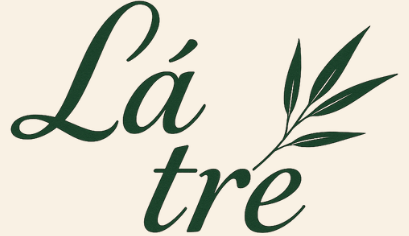Analyzing a poem can feel daunting. Unpacking layers of meaning, identifying literary devices, and understanding the poet’s intent requires careful attention and a practiced eye. This guide provides a roadmap for navigating the complexities of poetry analysis, offering practical tools and techniques to enhance your understanding and appreciation of this rich art form.
Contents
Diving Deep into a Poem: Key Elements for Analysis
Analyzing a poem involves examining various interconnected elements that contribute to its overall meaning and impact. These elements include:
Context, Audience, and Purpose
Understanding the context in which a poem was written is crucial for interpreting its message. Consider the historical, cultural, and social influences that may have shaped the poet’s perspective. Identifying the intended audience can also illuminate the poem’s purpose, whether it be to entertain, persuade, or provoke reflection.
| Element | Description |
|---|---|
| Context | The historical, cultural, social, and biographical circumstances surrounding the poem’s creation. |
| Target Audience | The intended readership for the poem, which can influence the language, style, and themes explored. |
| Purpose | The poet’s reason for writing the poem, such as to express emotions, explore ideas, or comment on social issues. |
Structure and Form
The structure of a poem refers to its physical organization, including line length, stanza arrangement, and overall form. Analyzing these elements can reveal how the poem’s form contributes to its meaning. For instance, a sonnet’s rigid structure might emphasize the constraints of love, while free verse might reflect a sense of liberation.
| Element | Description |
|---|---|
| Line Length | The number of syllables or words in each line, which can affect the poem’s rhythm and pace. |
| Stanza | A group of lines forming a unit within a poem, similar to a paragraph in prose. Stanza length and arrangement contribute to the poem’s overall structure. |
| Form | The overall structure and pattern of the poem, such as a sonnet, haiku, or free verse. |
Rhythm, Meter, and Rhyme
These elements contribute to the musicality of a poem. Rhythm is the pattern of stressed and unstressed syllables, while meter is a regular pattern of stressed and unstressed syllables within a line. Rhyme, the repetition of similar sounds at the end of lines, can create a sense of unity and closure.
| Element | Description |
|---|---|
| Rhythm | The overall flow and beat of the poem, created by the arrangement of stressed and unstressed syllables. |
| Meter | A specific pattern of stressed and unstressed syllables within a line of poetry. |
| Rhyme Scheme | The pattern of rhymes at the end of lines, often represented by letters (e.g., ABAB CDCD). |
Sound Devices and Imagery
Sound devices, such as alliteration, assonance, and consonance, enhance the poem’s musicality and can create specific effects. Imagery, the use of vivid language to create sensory experiences, appeals to the reader’s senses and evokes emotions.
Crafting a Powerful Poem Analysis
A strong poem analysis goes beyond simply identifying poetic devices. It delves into how these elements work together to create meaning and impact. Here are some key steps:
-
Close Reading: Read the poem multiple times, paying close attention to every word, phrase, and punctuation mark.
-
Identify Key Elements: Analyze the poem’s context, structure, rhythm, rhyme, sound devices, and imagery.
-
Develop a Thesis: Formulate a central argument about the poem’s meaning or purpose.
-
Support Your Thesis: Use specific examples from the poem to support your claims, quoting relevant lines and explaining their significance.
-
Organize Your Analysis: Structure your analysis logically, moving from one element to the next.
-
Conclude with Insight: Summarize your main points and offer a final reflection on the poem’s overall impact.
Conclusion: Unlocking the Power of Poetry
Analyzing poetry is a rewarding process of discovery. By understanding the tools and techniques of analysis, you can unlock the deeper meanings and emotional resonances within poems, enhancing your appreciation for this powerful art form. Engage with the text, ask questions, and explore the rich tapestry of language and imagery woven within each poem.
